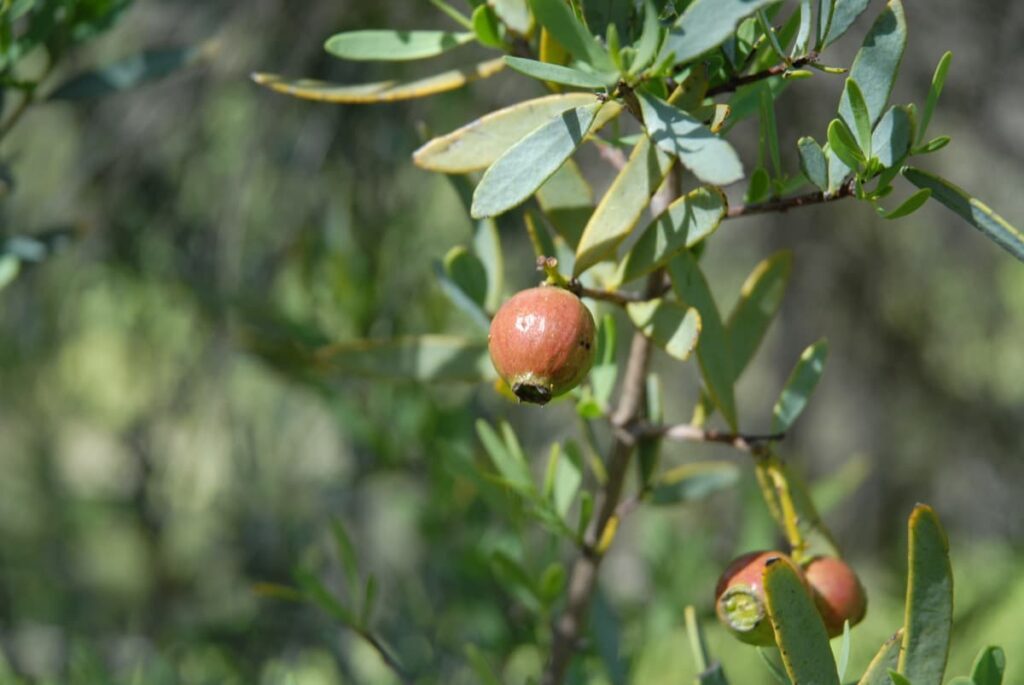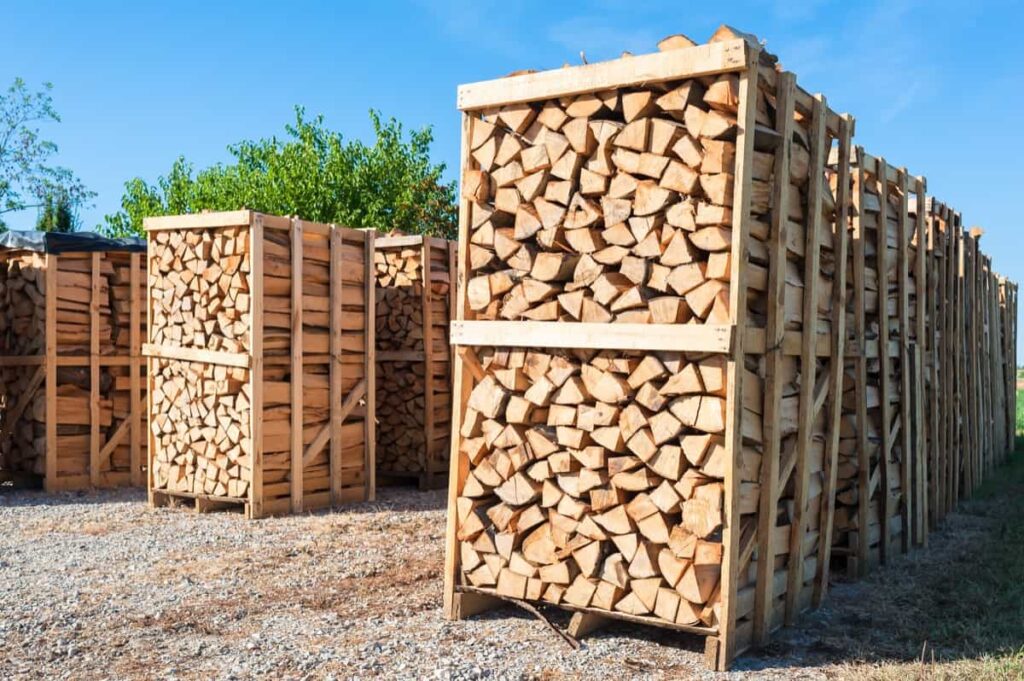Welcome to our blog on Sandalwood License and Loan in India! If you’re interested in learning about the ins and outs of sandalwood farming and the financial options available to those who want to enter the industry, you’ve come to the right place. Sandalwood, also known as Chandan, is a valuable tree species grown in India for its fragrant oil and wood.

It is an important crop for farmers, as the demand for sandalwood products is high domestically and internationally. However, starting a sandalwood farm can be a significant investment, and it’s essential to understand the various licenses and loans available to help farmers get started. This blog article will discuss the different types of licenses required to grow and harvest sandalwood and the various loan options available to farmers.
We’ll also be sharing tips and advice from experienced sandalwood farmers, so you can get a sense of what it’s like to start and run a sandalwood farm. This blog is an excellent resource for anyone interested in sandalwood farming, whether you are an experienced farmer looking to expand your crop or a first-time farmer looking to start a new business. So, let’s explore the world of sandalwood.
Sandalwood license, loan in India
Explanation of sandalwood and its uses
Sandalwood, commonly known as “Chandan,” is an evergreen tree native to India that grows slowly. The tree is well-known for its aromatic wood and oil. The oil is used in fragrances, cosmetics, and incense. In contrast, wood is used for carving, religious rites, and Ayurvedic medicine. Sandalwood oil is extracted from the tree’s heartwood, the deepest layer of wood produced only after reaching maturity, which can take up to 30 years.
In case you missed it: Farming Loans in India: How to Apply, Bank Process, Rates, and Funding for Agricultural Startups

As a result, sandalwood is a valuable and in-demand product. Traditional medicine also uses oil to treat several diseases, such as respiratory difficulties, skin concerns, and stress-related disorders. Sandalwood is a very important tree for the environment and its medicinal and aromatic uses.
It has a deep taproot that aids in soil stabilization and erosion prevention. The tree also improves soil fertility and serves as an excellent shade tree. Overall, sandalwood is a versatile and valuable tree species with several applications and advantages. Its cultivation and harvesting can give farmers an economic opportunity while contributing to environmental protection.
Importance of sandalwood farming and market in India
Sandalwood cultivation is a big business in India, where it’s one of the most expensive tree species. The country is one of the world’s greatest sandalwood producers, with the majority of output centered in the southern states of A.P., Karnataka, Tamil Nadu, and Kerala. Sandalwood goods are in high demand both in India and throughout the world. The oil is used in fragrances, cosmetics, and incense.
At the same time, the wood is employed in several ancient religious rites and ceremonies. Because of the great demand for these items, the sandalwood market is expanding, making it a desirable crop for producers. In recent years, global demand for natural and organic products has increased the sandalwood industry. As a result, the price of sandalwood goods has risen, making it an even more profitable crop for producers.
The Indian government has also recognized the value of sandalwood farming. It has created several initiatives to encourage its development. These include financial aid for planting and preserving sandalwood trees, establishing research institutes to produce novel sandalwood species, and implementing stringent restrictions to prevent illicit logging and sandalwood smuggling.
In case you missed it: How to Apply for a Tractor Loan in India: Banks, Process, Eligibility, Documents, and Interest Rates

Despite the rising market, the sandalwood cultivation sector in India has hurdles. The expensive cost of growing and maintaining sandalwood trees is one of the key hurdles, making it difficult for small-scale farmers to enter the sector. There is also the issue of illicit logging and smuggling of sandalwood, which can lead to a supply deficit and push up costs.
Licenses required for Sandalwood farming
Growers’ declaration
Anyone who wants to plant sandalwood trees on their property must get a cultivation permit. The Forest Department issues the license, usually suitable for ten years. If it runs out, it can be renewed. When you apply for a cultivation license, you must include a detailed plan of the sandalwood plantation you want to start, as well as any other paperwork that backs it up. A person who wants to grow sandalwood trees for trade must sign a Declaration of Sandalwood Ownership form. This form needs to be sent to the Forestry Division.
It needs to include information like the landowner’s and grower’s names, the location and description of the property, and the type of timber right the landowner gave to the grower. This declaration must be submitted before or when harvesting a sandalwood tree. The Forestry Division will then register the declaration after confirming that the person is a registered trader and that no other declaration has been registered for the same property.
In case you missed it: How to Apply for Bank Goat Farming Loan in India: Procedure, Documents, Eligibility, and Interest Rate for SBI, Canara, HDFC, and Mudra

Harvesting license
This license is required for anyone who wants to cut down and harvest sandalwood trees. The license is also issued by the Forest Department and is typically valid for one year. It is renewable on expiration. When harvesting sandalwood, it must be done selectively, and certain conditions must be met.
These include: using existing tracks and walk-over practices for access, harvesting only on slopes less than 25 degrees, using rubber-tired machines, only harvesting dead sandalwood or live sandalwood that is at least 12cm in diameter, utilizing all commercially viable material from the harvested shrubs, minimizing damage to retained vegetation, avoiding pulling the shrubs when it may cause soil erosion, and being consistent with watercourse protection guidelines.
Transportation license
This license is required for anyone who wants to transport sandalwood. The license is also issued by the Forest Department and is typically valid for one year. It is renewable on expiration. To get a transportation license, you must send in some documents, such as proof that you own the sandalwood you are transporting and a detailed plan of the route you will take.
An application form and supporting documents must be submitted to the appropriate authorities to apply for a license. The property on which the sandalwood trees are produced must be proven legally owned, and any necessary permissions or certificates must also be presented.
Planting Sandalwood Trees?
Seeds sow sandalwood trees. Sandalwood seeds can be collected from 15–20-year-old plants in August–March. Before seminating on nursery beds, seeds are well-treated and sun-dried. The nursery has two sandalwood seed beds. Dugouts Seedlings grow to 30–35 cm on nursery beds in 7–8 months and are ready for the main field.
Dig a 45 x 45 x 45 cm hole for sandalwood seedlings while preparing soil or ground for agriculture. Before planting seedlings, make sure the pits are watertight. If pits have water, they stay underground for days. Keep 10 feet between plants. Sandalwood trees bloom after four years.
How much does a baby plant of sandalwood cost?
Buy authentic and certified sandalwood baby plants to cultivate them. The most valuable plant in India is sandalwood, but you need more plants for commercial cultivation. For a commercial plantation, you need to grow several plants on your farm. Thus, you can get a baby plant for Rs. 85-100 from a reliable provider.
The harvesting time of Sandalwood Tree
Sandalwood trees take approximately 30 years to mature and are ready for harvesting. The tree’s heartwood is harvested using tree-cutting instruments, and the softwoods are removed before the heartwood is taken to the mill.
Sandalwood yield per tree
Generally, 400 to 440 sandalwood tree plants can be grown on 1 acre of land. Sandalwood trees take a long time to grow and yield profit, but with proper climate, soil, and irrigation, they can grow 5 cm in girth per year. The weight of wood produced after 10–15 years is 2-4 kg of heartwood.
The yield per tree can range from 10 to 25 kg of wood, depending on the tree’s growth. The selection of the area, the particular species of sandalwood, host plant management, irrigation management, pest and disease control, and tree age all affect the development and yield of sandalwood trees.
| Tree Age (years) | Girth (cm) | Heartwood Yield (kg) |
|---|---|---|
| 10 | 10 | 1 |
| 20 | 22 | 4-7 |
| 30 | 33 | 10-15 |
| 40 | 44 | 20-25 |
| 50 | 55 | 30 |
Subsidy and loans for Sandalwood cultivation in India
For farmers interested in growing sandalwood, there are numerous government programs and financial aid available in India. Sandalwood is a precious resource for the nation and an essential source of revenue for farmers. Hence the government offers loans and subsidies to promote its growth. Sandalwood cultivation is subsidized by the AYUSH Ministry of India’s National Medicinal Plants Board (NMPB) and is autonomous.
It was founded in 2000 to promote medicinal plant cultivation, conservation, and sustainable use in the country. The board promotes medicinal plant production, conservation, and use. The NMPB funds medicinal plant production and conservation for farmers, businesspeople, institutions, and organizations. It provides technical help for medicinal plant cultivation, training, research and development, and traditional knowledge propagation.
In case you missed it: Karnataka Organic Farming: For Vegetables, Fruits, Millets Crops, Livestock, Aquaculture, and Certification

The production of sandalwood and other non-timber forest products is supported by loans from the National Bank for Agriculture and Rural Development (NABARD). The National Horticulture Board (NHB) offers financial aid for planting sandalwood nurseries and purchasing seedlings. You can directly contact these banks for more current subsidy or loan information.
Sandalwood farmers’ problems:
- Finding land and securing licenses and permits can be difficult.
- Small farmers have trouble financing/security their farms.
- Pests and diseases make sandalwood tree care difficult.
- Sandalwood processing requires expensive equipment and expertise.
- Small-scale growers may struggle to find a suitable sandalwood market.
- Sandalwood trees mature in 15–30 years, making them a long-term investment.
Sandalwood plantation cost and profit
Cost of Sandalwood tree cultivation
- Plant cost and Host plant: The cost of purchasing sandalwood seedlings or saplings can vary depending on the source and quality of the plants. Each plant costs around Rs.80. for one acre of 400-440 trees. It is Rs. 33,500, Host plant 440X15= 6,600
- The labor cost of planting: This includes the cost of hiring labor to plant the trees and maintain the plantation for 12 years is Rs. 1,44,000
- Drip cost: If a drip irrigation system is used, the cost of installation and maintenance must be considered as Rs. 95,000.
- Soil working: This includes the cost of preparing the soil for planting, such as tilling, fertilizing, and adding amendments costs around Rs.45,000
- Weed control: The cost of controlling weeds can vary depending on the methods used and the size of the plantation and cost Rs. 35,000
- Pests/disease cost: The cost of controlling pests and diseases can vary depending on the type of pests and diseases present and the methods used to control them, costing Rs. 40,000.
- Other Miscellaneous Rs. 1,00,000
- The total cost of Sandalwood for Cultivation is Rs. 5,00,000
Cost of Sandalwood tree cultivation
| Item | Cost (INR) |
|---|---|
| Plant cost and Host plant | 33,500 |
| Labour cost of planting | 1,44,000 |
| Drip cost | 95,000 |
| Soil working | 45,000 |
| Weed control | 35,000 |
| Pests/disease cost | 40,000 |
| Miscellaneous | 1,00,000 |
| Total cost | 5,00,000 |
Income from Sandalwood
The expected yield of sandalwood per acre is 5000 kg, and the cost of sandalwood heartwood is 6,500 INR/kg. So, one acre of sandalwood plantation is expected to bring in a total of 5000 x 6500 = 32,500,000 INR. (After 15 to 20 years). Let’s Consider land is Rented and costs Rs.15,00,000 for 20 years
Income from Sandalwood
| Yield (kg) | Price (INR/kg) | Income (INR) |
|---|---|---|
| 5000 | 6,500 | 32,500,000 |
In case you missed it: Growing Pearl Millet/Bajra Organically in Rajasthan: Step-by-Step Farming Practices and Production

Profit from Sandalwood
| Item | Cost (INR) |
| Total cost/expenditure | 5,00,000 |
| Land cost (20 years) | 15,00,000 |
| Total cost | 20,00,000 |
| Profit | 30,50,000 |
Conclusion
Indian sandalwood farming is both profitable and long-term. You must, however, understand the licensing and legislation governing sandalwood growth, harvesting, and shipment. Follow the requirements and obtain the necessary permits. Your operations will be under the Indian Forest Act. To maximize your sandalwood farming venture, you must first grasp your loan options and follow expert farmer advice. With the right knowledge, resources, and help, anyone can start and run a lucrative sandalwood plantation in India.
- Irrigation and Water Management in Pineapple Farming
- Blossom to Harvest: Mastering Flowering and Pollination in Papaya Farming
- Pig Fattening Essentials: From Selection to Sale for Beginners
- Raising Wagyu Cattle: A Complete Guide for Premium Beef Production
- Soil Types and Their Water Holding Capacity
- Optimizing Irrigation Schedules for Coconut Groves for Enhanced Yield
- Espresso Your Garden: Coffee Grounds for Healthier Acid-Loving Plants
- The Best Soil Mix for Snake Plants: How to Mix Your Own Snake Plant Soil
- Green Thumb Success: Expert Tips for Cultivating Greenhouse Beans All Year Round
- Bloom All Year Round: The Ultimate Guide to Indoor Hyacinth Care
- Eco-Friendly Gardening: How to Make Liquid Fertilizer from Kitchen Waste
- Ultimate Guide to Grow Anise in Pots: Explore Seed Propagation to Harvesting
- Guide to Raising Chester White Pigs: Discover Breed Facts to Growth Management
- Mastering the Elegance: The Ultimate Guide to Weeping Cherry Tree Care, Planting, and Maintenance
- Ultimate Guide to Planting Garlic in Grow Bags: Growing Strategies for Beginners
- How to Fix Spider Plant Leaf-Related Problems: Natural and Organic Remedies
- 10 Reasons Why Your Tulsi Plant is Shedding Leaves: Home Remedies and Solutions
- Optimizing Growth and Yield: The Advantages of Palm Bunch Ash Fertilizer
- Utilizing Neem Oil Extract as a Natural Pesticide for Hydrangea
- From Soil to Harvest: Various Ways in Which Farmers Can Use AI Tools
- Steps to Encourage and Induce Citrus Flowers: A Comprehensive Guide
- How to Fix Snake Plant Leaf-Related Issues: Natural and Organic Remedies
- Transform Your Garden into a Fragrant Oasis with Raat Ki Rani (Night Blooming Jasmine)
- Discover the Ideal Chicken Breeds for Philippine Farms
- How to Create a Poultry Egg Farm Business Plan for Profits
- Grow Lemon Cucumbers Like a Pro: Insider Techniques for Bountiful Yields
- Ultimate Guide to Caring for Your Pink Princess Philodendron: Tips for Thriving Variegation
- Areca Nut Profit Per Acre: Calculating Yield and Cost of Cultivation
- How Kaveri Chicken is Becoming a More Profitable Breed in Indian Backyards
- Transform Your Barn: 9 Steps to Convert a Horse Stall into a Chicken Coop
- Exploring Suffolk Sheep Disadvantages with Limitations and Challenges
- Guide to Solving Potted Lemon Tree Problems: How to Revive Lemon Tree in Containers
- Steps to Encourage Female Pumpkin Flowers: Best Strategies for More Flowers and High Yields
- Ultimate Guide to Yellow Raspberries: Exploring from Planting to Care
- Ultimate Guide to Planting Ginger in Grow Bags: Growing Strategies for Beginners
- Ultimate Guide to Growing Red Creeping Thyme: Propagation, Planting, Pruning, and Care

Thanks for a very informative information on growing sandalwood.